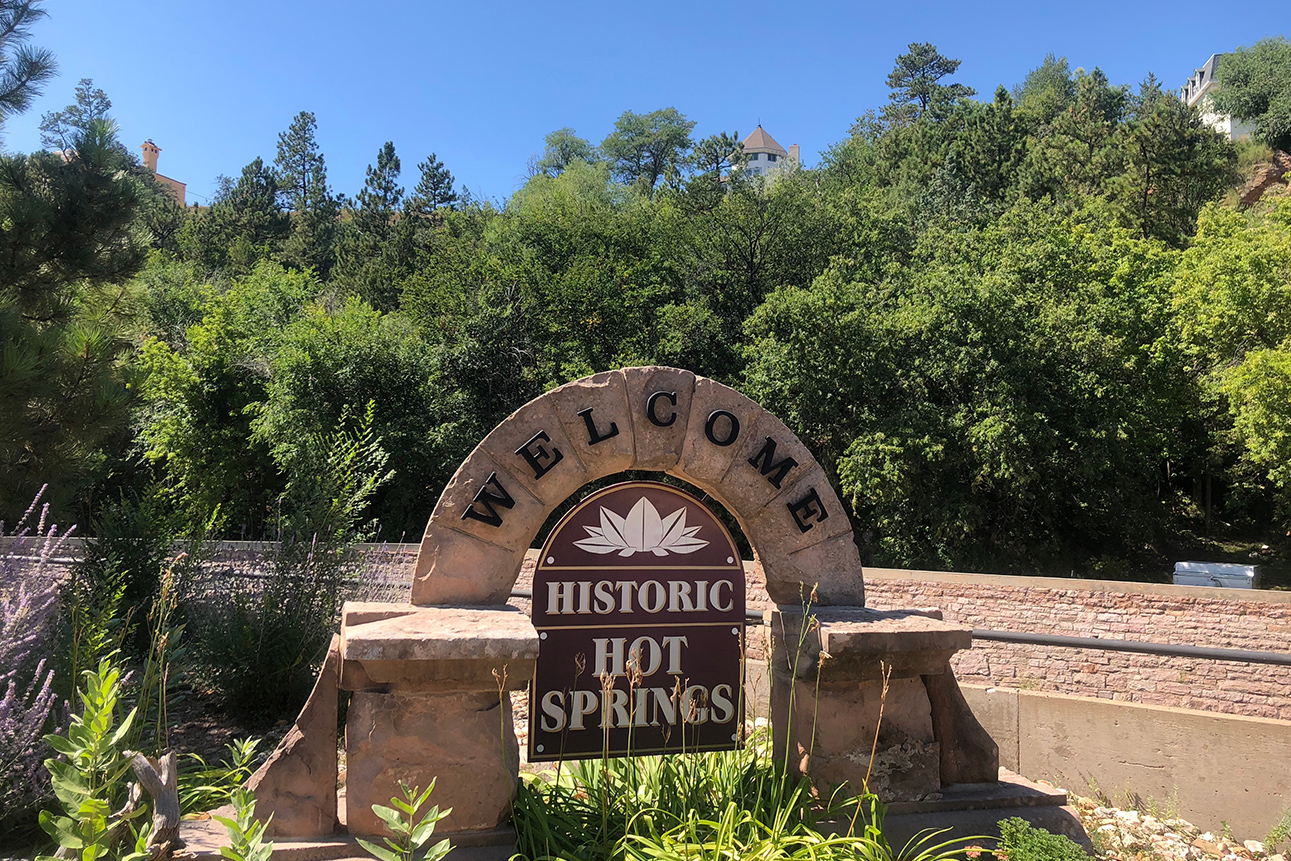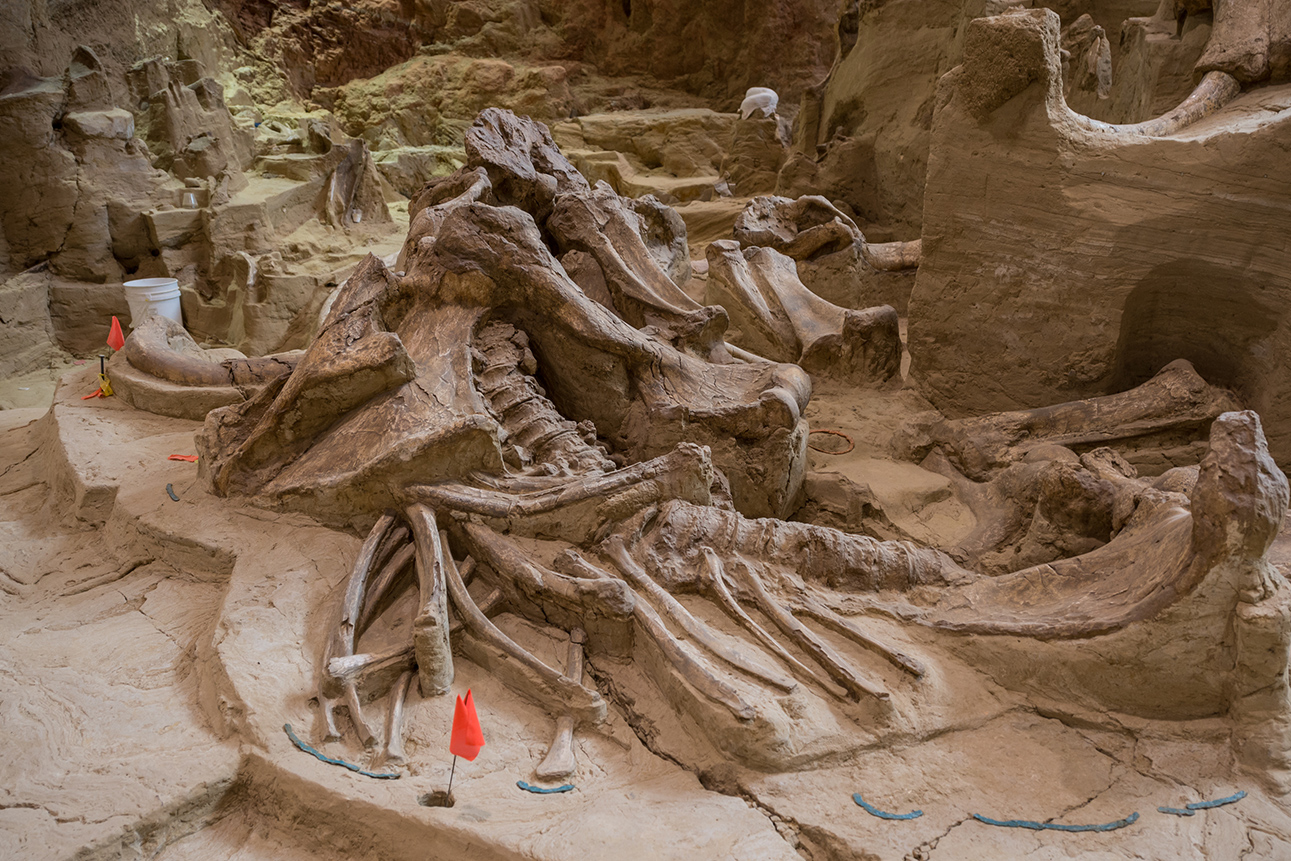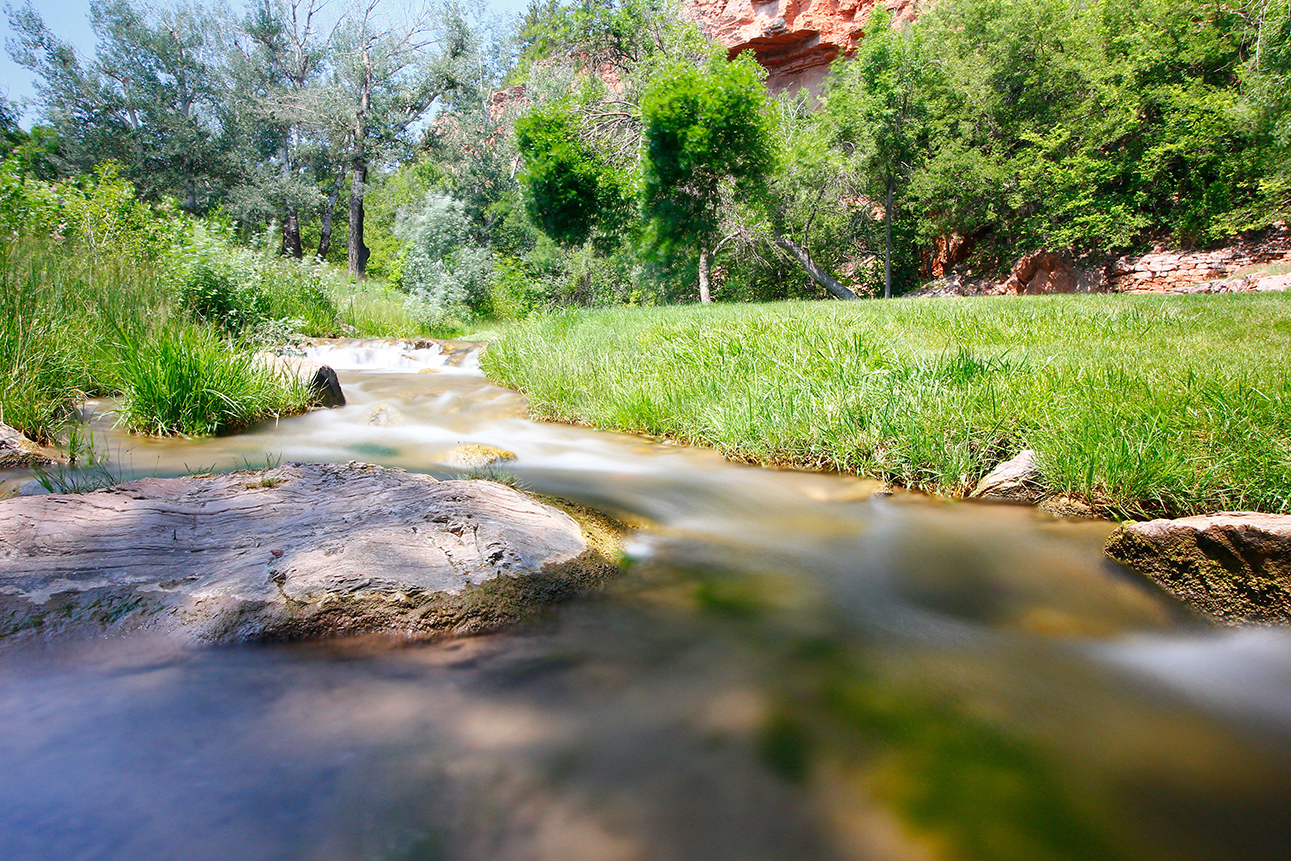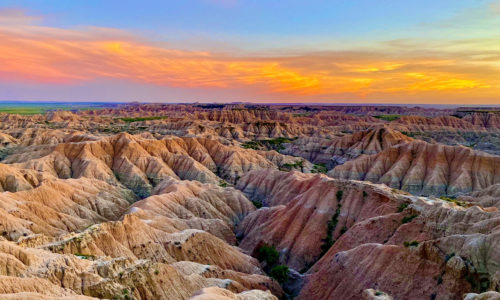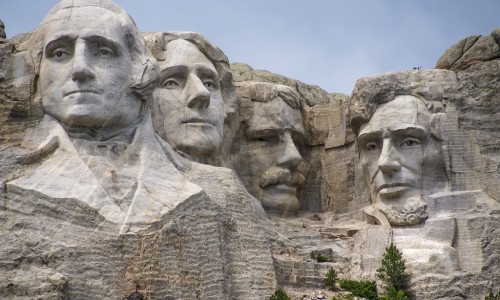About Hot Springs
Located in the southwest corner of South Dakota, at the southern end of the Black Hills National Forest, Hot Springs is perfectly located for visiting the natural wonders, national parks, and monuments in this area. It is the perfect base for a trip to Wind Cave National Park where you can explore the seventh-largest mapped cave in the world, take a self-drive geology tour, and walk some of the 30+ miles of hiking trails.
As the name suggests, warm water gushing from many mineral springs helped establish the town. Drink or fill up a jug with healing mineral water at the Kidney Springs Gazebo downtown, enjoy the town’s huge indoor pool with waterslides built over numerous small springs and one enormous thermal spring, or visit the natural swimming holes just outside of town. Wade and swim in the clean, clear water of Cascade Falls Swimming Hole where the thermal waters originate about two miles upstream at Cascade Springs, with six artesian springs feeding 150°F water into the creek.
In the mid-70s, Hot Springs became notable for more than just its healing mineral waters. The discovery of a seven-foot-long tusk led to excavation that uncovered over 60 mammoths (58 Columbian, 3 woolly) along with at least 87 other Late Ice Age animals. Today, you can visit The Mammoth Site, an active paleontological dig site and the world’s largest mammoth research facility to take a self-guided tour around the actual bone-bed, view Ice Age fossils, and see a life-like Columbian mammoth.
If you like your history a little more recent than the Ice Age, the town’s Pioneer Museum, originally a schoolhouse, exhibits 19th century artwork, handcrafted tools, domestic devices, and many other items the pioneer farmers and ranchers used in their daily lives. Visit the doctors office, general store, sewing room, music room, and school classrooms for a step back in time to imagine life over 100 years ago.
Interesting Facts About Hot Springs
- The water temperature at Cascade Falls just south of Hot Springs creates the perfect environment for a rare fern, prairie gentian, and an orchid that are non-existent in the rest of South Dakota.
- The bones, tusks, teeth, and skull fragments discovered at The Mammoth Site were uncovered when ground was being leveled for a housing development in 1974.

